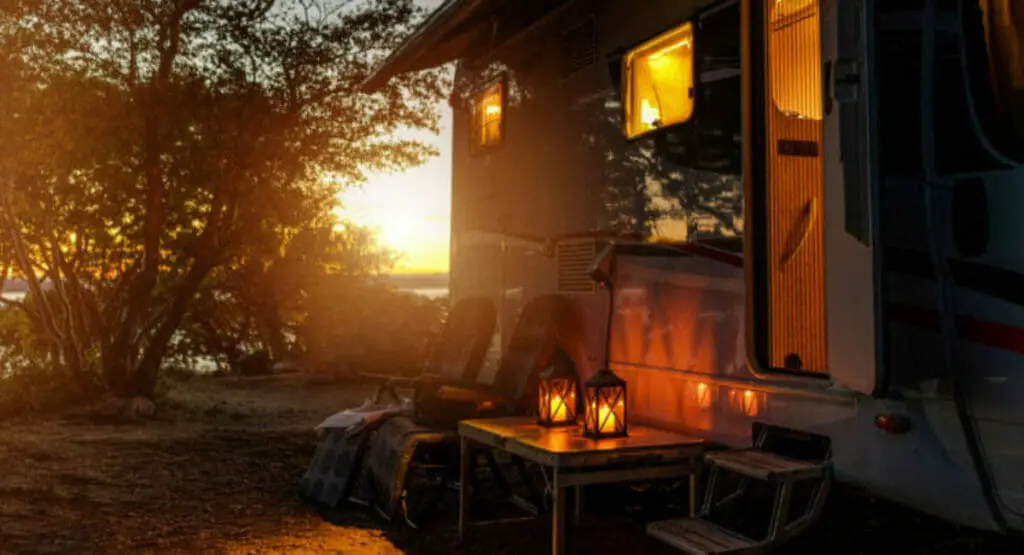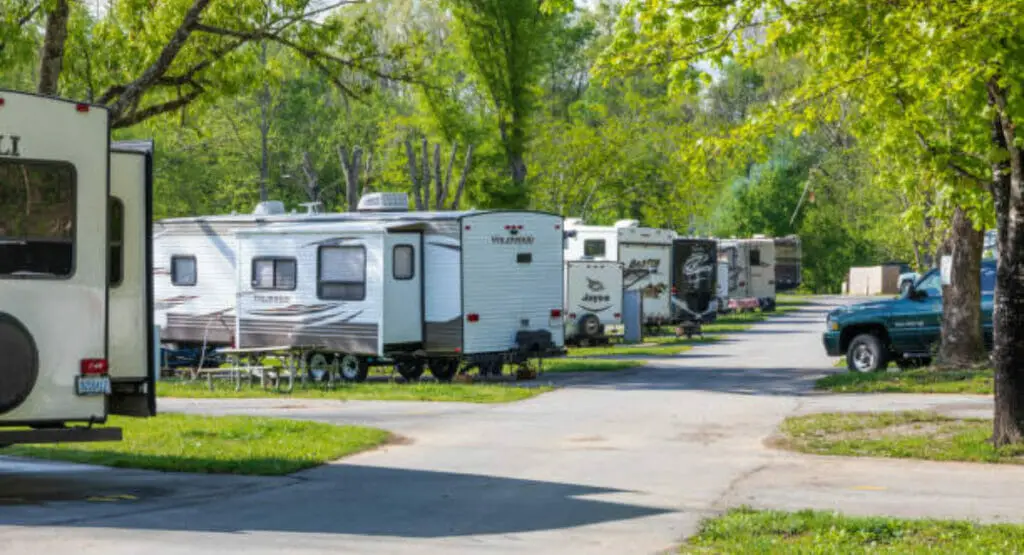An important part of RV maintenance that can significantly increase your comfort and convenience while traveling is opening the windows. In this blog article, we will walk you through the steps of securely and effectively opening RV windows.
Step 1: Inspect the Window
Make sure the RV window is in excellent shape and securely sealed before trying to open it. Examine the item for evidence of wear or deterioration, such as cracks, chips, or leaks. Before opening the window, it should be fixed or replaced if it is broken or not properly sealed.
Step 2: Unhook the Window Latch
The majority of RV windows include a latch that keeps the window in place. Locate the latch on the window frame and turn it open to release it. The locking mechanism will be disengaged, allowing you to open the window.
Step 3: Apply Force
RV windows, particularly if they haven’t been opened in a while, might be difficult to open. Push the window frame outward with slight pressure. Be careful not to use too much force, since this may cause damage to the window or frame.
Step 4: Protect the window
After the window is open, ensure that it is securely fastened. Some RV windows feature a support arm that keeps the window open, while others must be propped up with a stick or other item. If the window falls or shuts abruptly, it might be harmful.
Step 5: Close the window
Just reverse the procedure to shut the window. The support arm or item needs to be removed, the window must be repositioned, and the latch should be engaged to secure the window.
RV windows come in a variety of designs, but they always open in a similar way. Typically, you must first unlock the locking mechanism before dragging or pushing the window’s bottom out. Certain windows may have a second latch in the center that must be removed before the window can be fully opened. Since there are so many different kinds of windows, we’ve broken them down by type so you can figure out how to open your RV windows.
1. Fixed windows
RVs, trailers, and fifth wheels often have these windows. They are often constructed of a single sheet of glass that is completely sealed around the windowsill. Since there is no way to open them, they are largely utilized for viewing. In comparison to other kinds of windows, they are often rather tiny.
Some fixed windows feature a tiny top aperture that may be opened to allow for some air circulation. These windows are not often intended to be used as an emergency exit or to provide fresh air in the RV.
2. Venting windows
Venting windows are among the most frequent types of windows seen in RVs. They are divided into two sections: the main window and a smaller venting pane. The venting pane is hinged at the top and may be opened to enable air to flow even when the window’s core portion is closed.
Unlatch the venting glass and slide it open to open a venting window. Avoid slamming the venting glass open or shut, since this may cause damage to the window.
3. Picture windows
These bigger windows are often seen in the RV’s front or slideouts. Picture windows are comparable to fixed windows but significantly bigger in size. They almost never open. Some may, however, have a little aperture at the top for ventilation.
Picture windows are fantastic for seeing the scenery, but they don’t provide much ventilation. Picture windows aren’t the ideal choice if you’re searching for a window that will enable you to get some fresh air into your RV.
4. Sliding windows
These bigger windows are often seen in the RV’s front or slideouts. Picture windows are comparable to fixed windows but significantly bigger in size. They almost never open. Some may, however, have a little aperture at the top for ventilation.
Picture windows are fantastic for seeing the scenery, but they don’t provide much ventilation. Picture windows aren’t the ideal choice if you’re searching for a window that will enable you to get some fresh air into your RV.
5. Awning windows
These windows have a top hinge and open outward from the bottom. They are often opened and closed by a hand crank. Gas struts are used instead of a crank to open some models. These windows can be partially or fully opened, depending on your needs, making them excellent for ventilation.
Unlatch the lock on an awning window first. The cranking type does not always have a lock. Then use the crank to open the window. Unlatch the bottom and push outward for those with gas struts. You may control how much the window opens by cranking or pushing the handle.
6. Exit windows
In the event of an emergency, RVs must include at least one exit or egress window for campers to utilize. There might be more than one, depending on the size of the RV.
These windows are often bigger, with a simple locking mechanism that may be opened from the inside. Certain models may additionally feature a second, smaller latch in the center. Before you can fully open the window, this latch must be unfastened. In general, you will raise the locking arm and swing it outward, forcing the window to open.
The majority of RV exit and egress windows do not open, at least not for ventilation. These are only open for a limited period. It implies that if you open it, it will move. And even if they’re still intact after plummeting to the ground, they’re a hassle to replace.
Tips for Opening RV Windows
1. . Avoid opening the window too wide, since this might put excessive stress on the frame and even harm it.
2. When opening the window, make sure it is clean and clear of dirt, as this may help avoid scratches and other damage.
3. If you’re unsure how to open a certain window, see your RV owner’s handbook or contact the manufacturer.
4. While opening windows, keep the weather and circumstances outside in mind. It is critical to keep them closed while driving at high speeds or in poor weather.
Conclusion
To summarize, opening RV windows is a simple but critical job that may dramatically improve your RV experience. You can open and shut your RV windows securely and efficiently if you follow these procedures and take the necessary measures. Now that you know how to open your RV windows, you can enjoy the fresh air and scenery while camping. Close the windows once you’ve finished using them (particularly while driving) to keep pests out and wind from blowing into your equipment.



